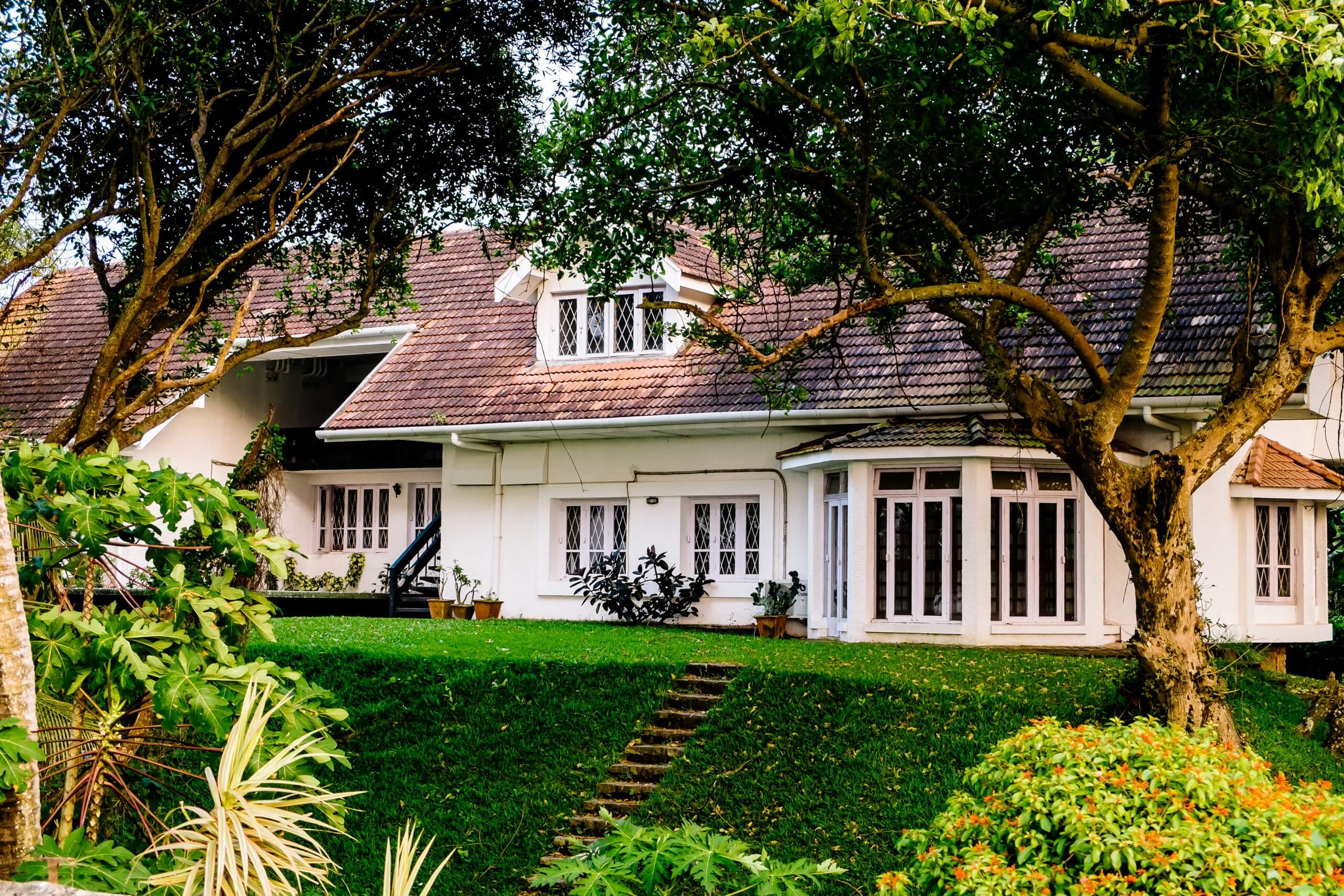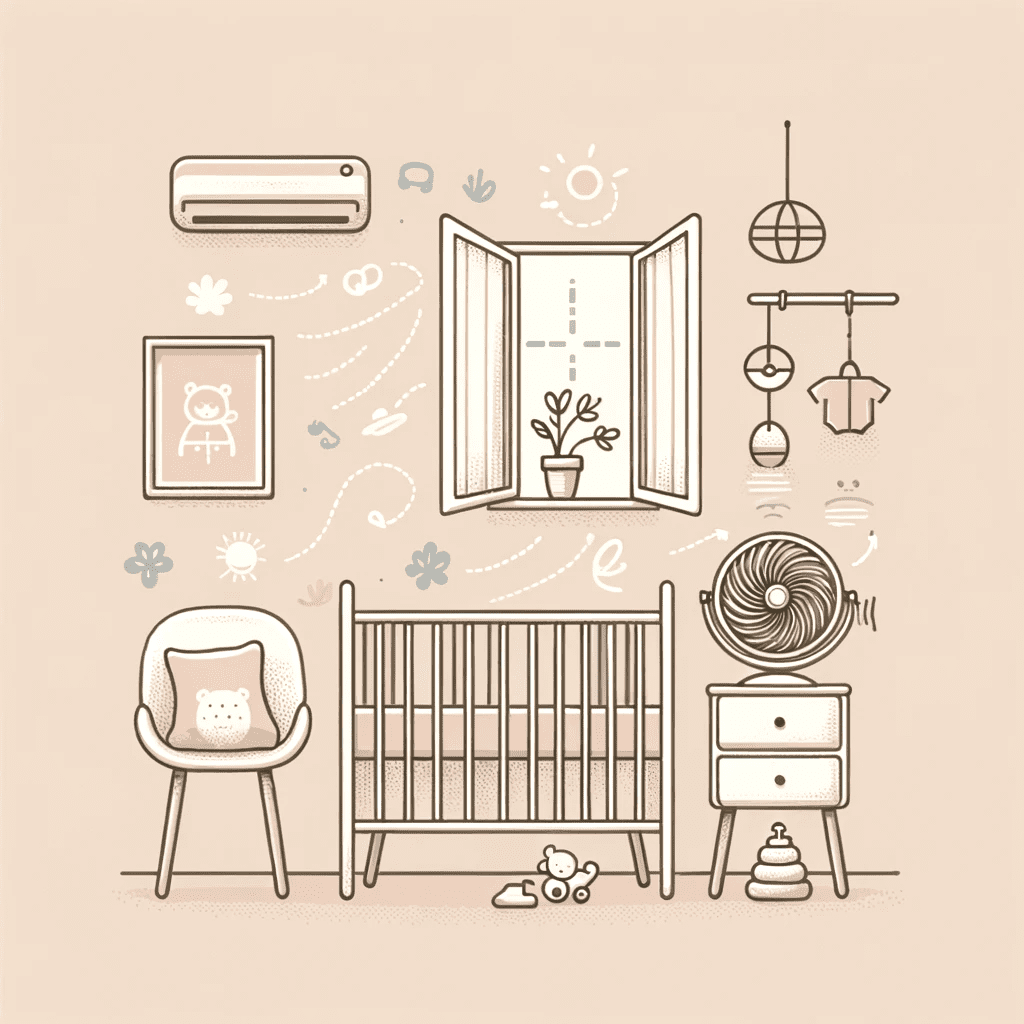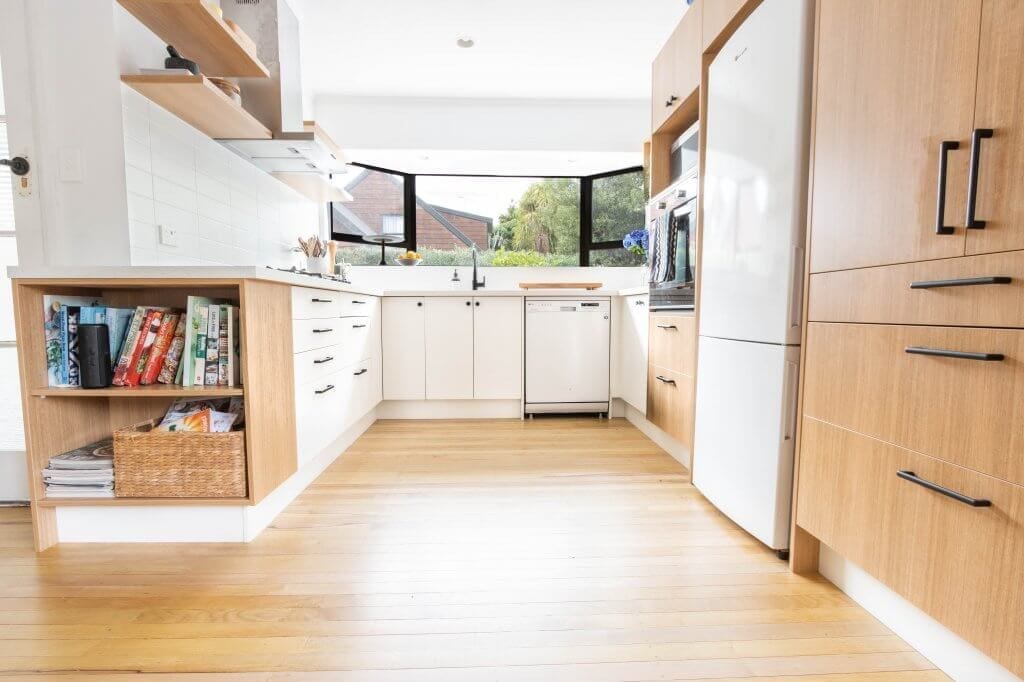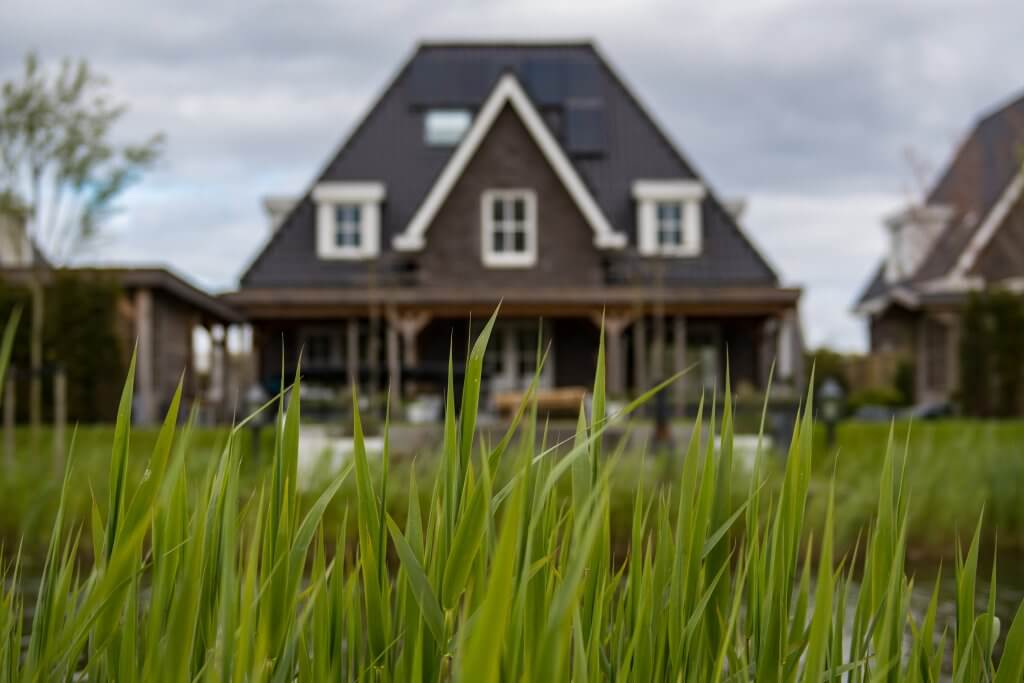The Pacific Northwest experienced record-breaking heat waves in June 2021. In Portland, Oregon temperatures reached 116 degrees Fahrenheit. In Seattle, Washington temperatures reached 108 degrees Fahrenheit. And, in Lytton, British Columbia temperatures reached 116 degrees Fahrenheit. All of which surpassed all-time heat records! And the West Coast is not alone in worsening extreme heat trends.
Unfortunately, these extreme temperatures have also lasted longer into the fall and winter months in recent years. With air conditioning units overheating and many without AC of any kind, homeowners are left wondering how they can best beat the heat. Could heat recovery ventilation be the answer? Let’s find out.
What Is Heat Recovery Ventilation?
Heat recovery ventilation is one form of energy recovery ventilation, which recoups energy that may otherwise be lost during the exchange of incoming and outgoing air streams. Equipped with fans and a heat exchanger, heat recovery ventilators transfer sensible heat between the outgoing and incoming air streams. HRVs are generally the contractor’s home ventilation choice for cold weather regions, where the heating season is longer than the cooling season. With this in mind, is there use for HRVs during summer?
Should You Use an HRV During Summer?
In short: it depends (but, more than likely, yes!). First and foremost, it depends on your home’s HRV model. Newer systems are designed to be fully operable year-round, maximizing fresh air ventilation regardless of the weather. When the temperature outdoors is colder, it pre-heats incoming fresh air. When the temperature indoors is warmer, it pre-cools incoming fresh air. Thus, an overall win-win for improved indoor air quality and overall energy savings and lower utility bills.
Without this type of model, the focus then shifts to how to properly set your heat recovery ventilation system during warm summer weather. If you already own an HRV unit that is not designed for year-round use, here’s how you can make it work for you during the summer. Take a look at the instruction manual for your HRV unit and see if there is a summer bypass option. If so, you’ll want to turn the summer bypass mode on. This will redirect incoming air away from the heat exchanger. But your home will still benefit from an influx of filtered fresh incoming air.
Are HRV Units Worth It?
Yes! On average, heat recovery ventilators recover between 70% and 80% of the energy in outgoing air and transfer it to incoming air. This retrieval reduces the cost of your utility bill exponentially! Additionally, HRV units are adept at removing stale indoor air and replacing it with fresh outdoor air. Ensuring proper ventilation helps eliminate indoor air pollutants protecting the health of you and your family.
Even if you choose not to use your HRV unit during the summer, it will still prove useful during the spring, fall and winter months when the weather outside is cooler. The best part? Installation is simple. A heat recovery ventilator is installed directly into your existing home HVAC unit. As always, we can help you find an experienced IAQ expert in your local area—one that can recommend the best HRV unit for your space.






